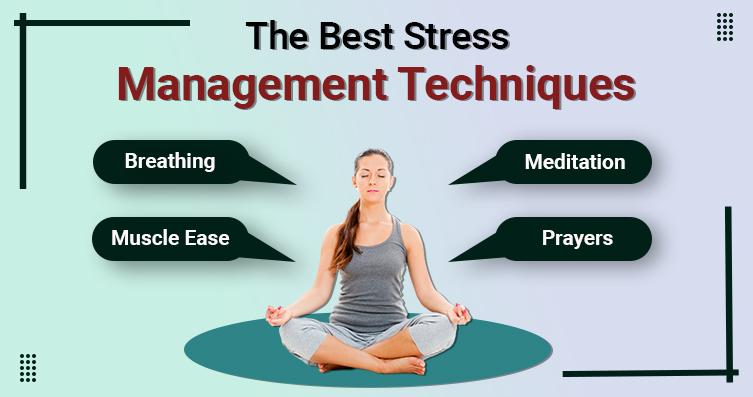In the relentless pace of modern life, where every tick of the clock seems to demand our attention, the quest for tranquility has never been more crucial. Stress is an omnipresent companion, weaving itself into the fabric of our daily routines and shaping our experiences in profound ways. Yet, nestled within this cacophony lies a powerful truth: calm can be mastered. “Mastering Calm: Effective Techniques for Stress Relief” invites you on a journey toward serenity, illuminating practical strategies that empower individuals to regain control over their mental and emotional landscapes. Whether you are seeking to navigate the pressures of work, family, or self-expectation, this article offers a treasure trove of approaches designed to cultivate inner peace and resilience. Together, we will explore the art of balance, unveiling tools that transform stress into moments of clarity and composure. Prepare to embark on a path where calmness is not merely a fleeting sensation but a skill to be honed and cherished.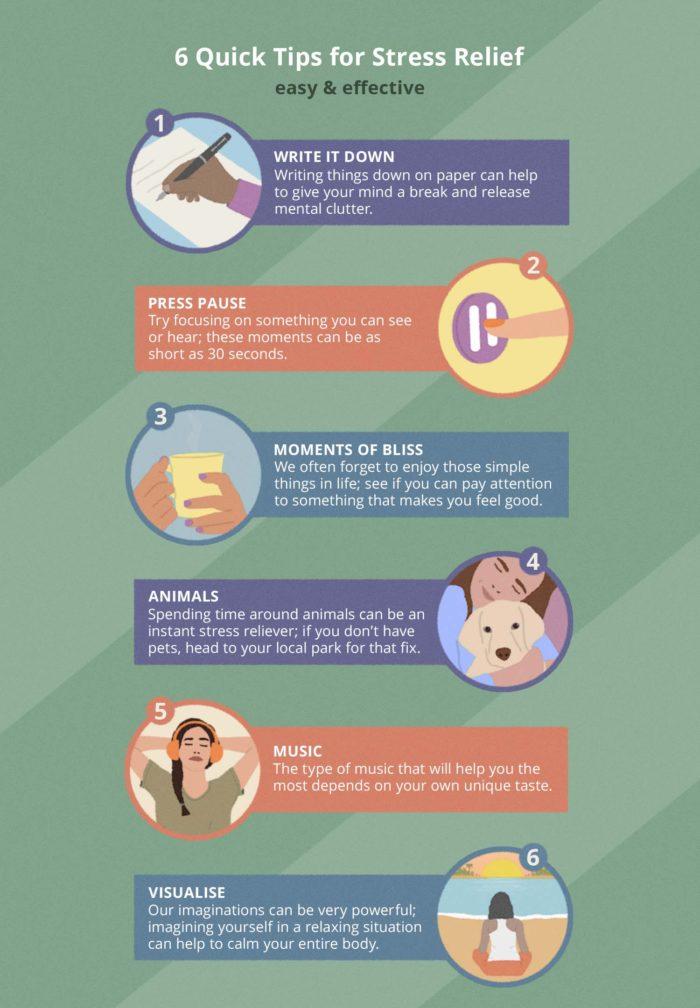
Exploring the Science Behind Stress and Its Effects on Well-Being
Stress is a complex response that stems from various internal and external factors, shaping both our mental and physical well-being. This biological phenomenon activates the body’s fight-or-flight response, releasing hormones like adrenaline and cortisol. While these reactions are essential for survival in the short term, chronic stress can lead to a cascade of health issues including anxiety, depression, and cardiovascular diseases. Understanding the neurobiology of stress can empower individuals to manage their reactions and mitigate the harmful impacts it can have on their daily lives.
To cultivate a healthier relationship with stress, incorporating coping strategies into one’s routine becomes paramount. Consider the following effective techniques for stress relief:
- Mindfulness Meditation: Engaging in mindfulness can help ground your thoughts and reduce anxiety.
- Physical Activity: Regular exercise releases endorphins, enhancing mood and lowering stress levels.
- Deep Breathing Exercises: Simple breathing techniques can induce a state of calm and clarity.
- Social Support: Connecting with friends and family can provide emotional relief and improve resilience.
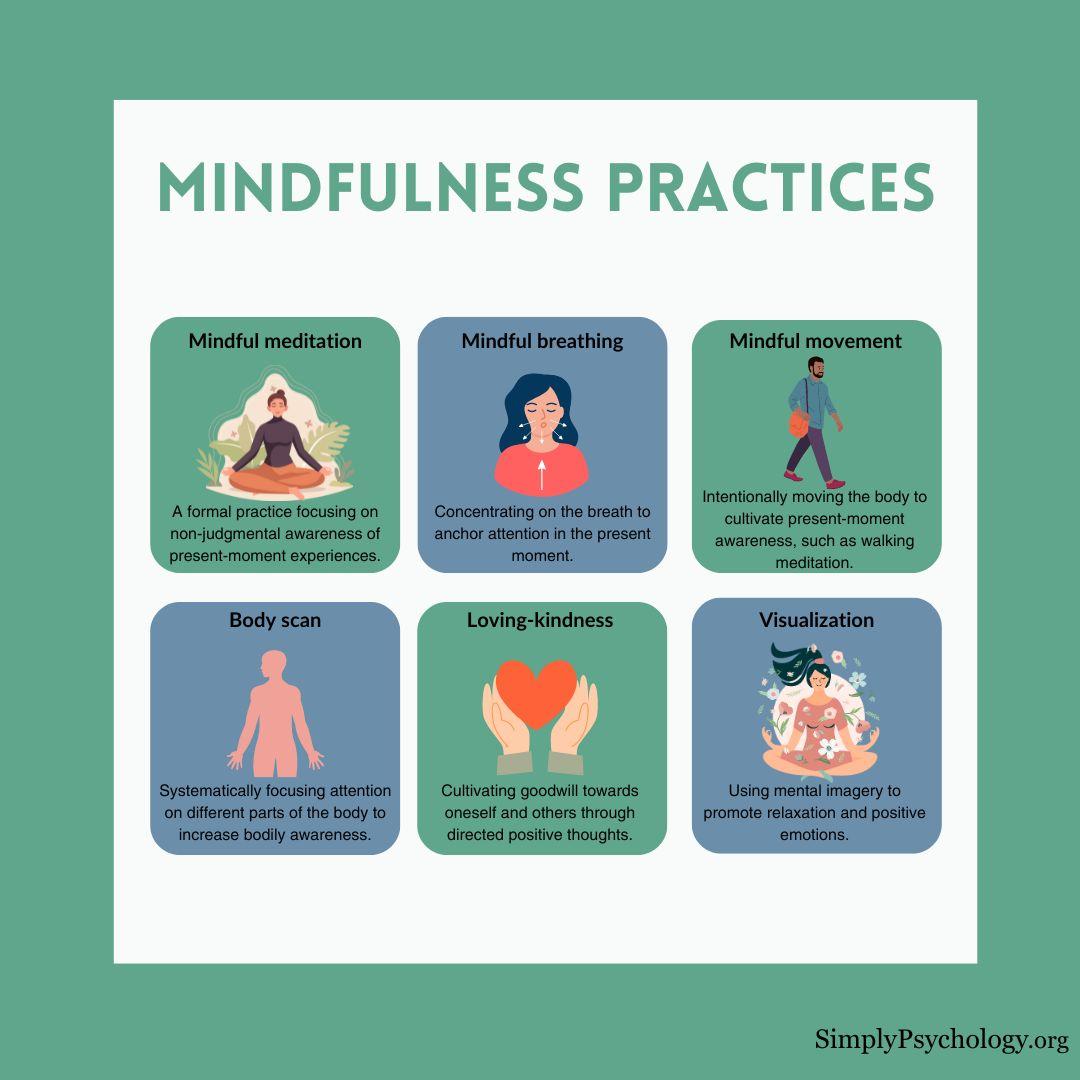
Mindfulness Practices to Anchor Your Thoughts and Emotions
In a world bustling with distractions, cultivating mindfulness can serve as a powerful tool to help ground your thoughts and soothe your emotions. Deep breathing exercises are a foundational practice. Simply find a comfortable space, close your eyes, and inhale deeply through your nose, allowing your lungs to fill completely. Hold your breath for a few seconds before slowly releasing it through your mouth. This rhythmic practice not only calms your nervous system but also enhances your focus. Other effective techniques include body scan meditation, which encourages you to mentally check in with each part of your body, and guided imagery, where you visualize peaceful scenes to help alleviate stress.
Moreover, establishing a daily mindfulness routine can significantly enhance your emotional resilience. Consider integrating a few minutes of mindful walking into your day, where you consciously notice each step and the sensations in your feet. You might also explore journaling as a way to express and process your emotions. Try dedicating a section of your journal to gratitude, noting down three things you appreciate each day. This simple shift in perspective can make a remarkable difference over time. incorporating mindful eating practices—where you savor each bite and focus on the flavors and textures—can transform your relationship with food and promote a sense of calm during chaotic moments.
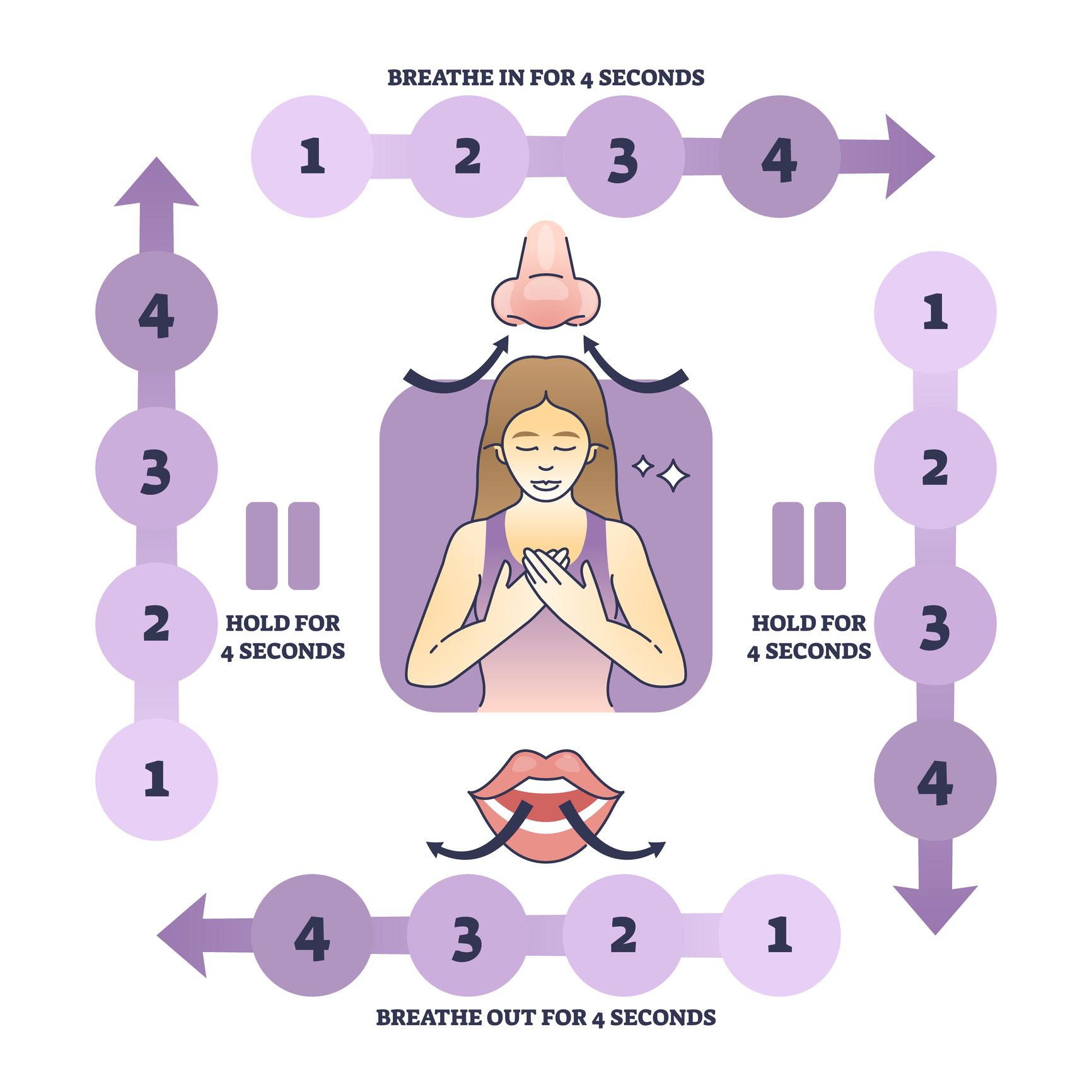
Harnessing the Power of Breath: Techniques for Instant Relaxation
Breath is a powerful tool that can serve as an immediate antidote to stress. By focusing on our breathing, we can shift our mental state, bringing clarity and calmness to turbulent feelings. Here are a few techniques that can help you harness this power whenever you feel overwhelmed:
- Deep Belly Breathing: Inhale deeply through your nose, letting your abdomen rise, and then exhale slowly through your mouth. Repeat this cycle for a few minutes to center yourself.
- 4-7-8 Breathing: Inhale for a count of 4, hold for a count of 7, and exhale for a count of 8. This method not only calms the mind but can also aid in sleep.
- Box Breathing: Visualize a box. Inhale for a count of 4, hold for 4, exhale for 4, and hold again for 4. This rhythmic pattern promotes relaxation and focus.
To further enhance your breathing practice, consider utilizing a few essential oils known for their calming properties, such as lavender or chamomile. You can create a simple mixture by combining these oils with a carrier oil and rubbing it on your wrists or temples before starting your breathing exercises. Here is a quick reference table for essential oils that may complement your relaxation techniques:
| Essential Oil | Benefits |
|---|---|
| Lavender | Reduces anxiety and promotes sleep |
| Chamomile | Soothes and calms the nerves |
| Peppermint | Increases energy and alertness |
| Frankincense | Enhances meditation and relaxation |
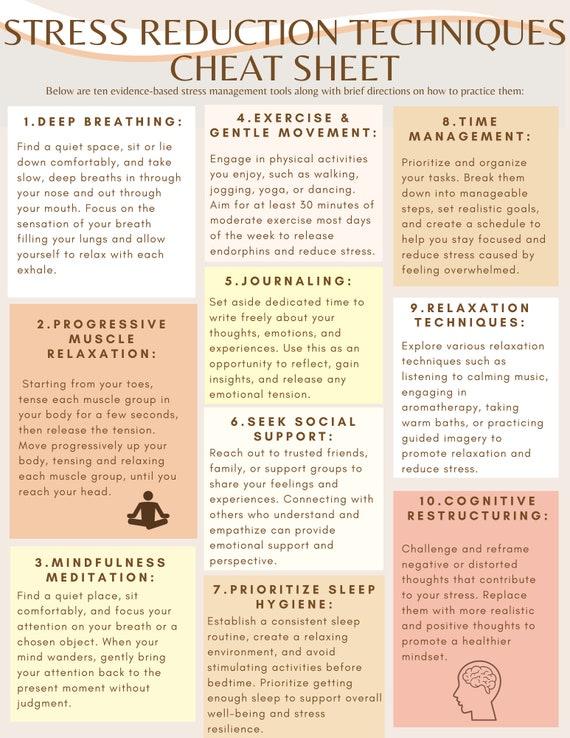
Creating a Personalized Stress Relief Toolkit for Everyday Life
Building a personalized toolkit for stress relief is an empowering journey that embraces your unique preferences and needs. Start by identifying activities that resonate with you; these can be anything from mindfulness practices to physical exercises. Here are some ideas to inspire you:
- Mindfulness meditation: A simple 5-minute daily practice can help center your thoughts.
- Nature walks: Immerse yourself in greenery to soothe the mind and refresh your spirit.
- Creative outlets: Painting, journaling, or playing an instrument can serve as a cathartic release.
- Digital detox: Set aside time to disconnect from screens and reconnect with yourself.
Once you’ve collected your favorite stress-relief tools, consider creating a visual dashboard or a digital playlist to keep your techniques accessible. You can also categorize these methods by mood or intensity, using a simple table like the one below:
| Mood | Technique |
|---|---|
| Overwhelmed | Meditation |
| Restless | Yoga |
| Frustrated | Creative Writing |
| Fatigued | Stretching |
Customize your selections based on effectiveness, accessibility, and personal preferences. Remember, your toolkit should evolve as you discover new methods and refine old ones, allowing you to navigate life’s challenges with greater ease and grace.
To Wrap It Up
In a world that often feels like it’s spinning out of control, finding our center amidst the chaos is not just beneficial—it’s essential. As we draw this exploration of effective stress relief techniques to a close, remember that mastering calm is an ongoing journey, not a destination. Each technique discussed serves as a stepping stone toward a more tranquil existence, offering you the tools to navigate life’s unpredictability with grace and resilience.
Whether you choose the soothing embrace of mindfulness, the energizing rhythm of movement, or the grounding presence of breath, know that these practices are yours to tailor and adapt. The path to peace may twist and turn, but every small step taken in pursuit of calm is a victory worth celebrating.
So, as you venture forth into the day, carry with you the wisdom shared here, and let it guide you in creating a sanctuary of serenity within. Embrace the challenges, lean into the techniques, and most importantly, be gentle with yourself as you navigate the beautiful complexity of life. The mastery of calm is possible—it begins with you.


